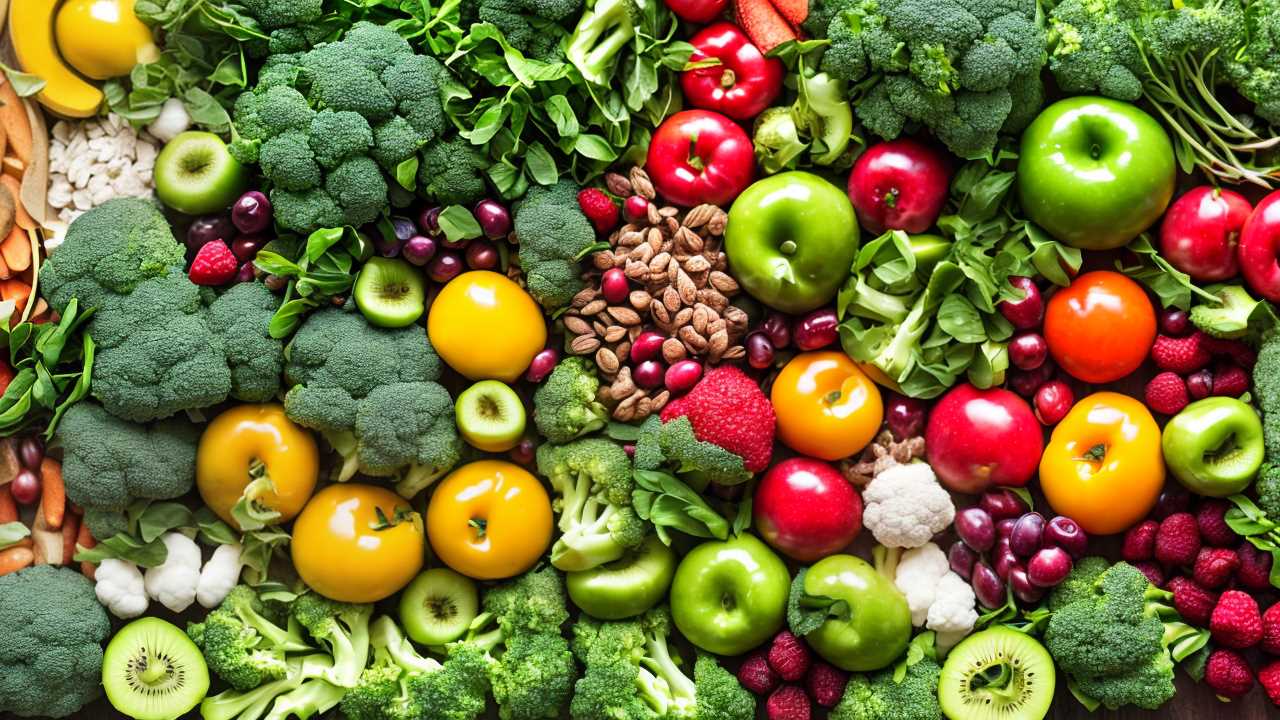
Here is a 1000-word article on tips for clean eating, with key words in bold and headings formatted as requested:
Understanding Clean Eating
Clean eating is a dietary approach that focuses on consuming wholesome, unprocessed, and natural foods. The goal is to provide your body with balanced nutrition while avoiding artificial ingredients, added sugars, and unhealthy fats. By adopting a clean eating lifestyle, you can improve your overall health, boost energy levels, and maintain a healthy weight.
Choose Whole, Unprocessed Foods
The foundation of clean eating lies in choosing whole, unprocessed foods. These include fresh fruits and vegetables, whole grains, lean proteins, and healthy fats. Opt for foods in their most natural state, such as:
- Fresh or frozen fruits and vegetables
- Whole grains like brown rice, quinoa, and oats
- Lean proteins like chicken, fish, tofu, and legumes
- Healthy fats from sources like avocados, nuts, and seeds
By filling your plate with these natural, nutrient-dense foods, you provide your body with the vitamins, minerals, and fiber it needs to thrive.
Minimize Processed and Packaged Foods
To truly embrace clean eating, it's essential to minimize your intake of processed and packaged foods. These items often contain added sugars, unhealthy fats, sodium, and artificial ingredients that can negatively impact your health. When grocery shopping, focus on the perimeter of the store where the fresh, wholesome foods are typically located.
If you do purchase packaged foods, take the time to read nutrition labels carefully. Look for products with short ingredient lists and minimal additives. Avoid items high in added sugars, trans fats, and sodium.
Incorporate Organic Foods When Possible
While not essential for clean eating, incorporating organic foods into your diet can further enhance the quality of your meals. Organic foods are grown without the use of synthetic pesticides, herbicides, and fertilizers. They also tend to have higher levels of certain nutrients compared to conventionally grown produce.
If budget allows, consider purchasing organic versions of the "Dirty Dozen" - produce items that tend to have higher levels of pesticide residue. These include strawberries, spinach, kale, nectarines, apples, grapes, peaches, cherries, pears, tomatoes, celery, and potatoes. For other produce items, conventionally grown options can still be a part of a clean eating plan.
Prepare Meals at Home
One of the best ways to ensure you're consuming clean, wholesome foods is to prepare meals at home. Cooking from scratch allows you to control the ingredients and portion sizes, ensuring a balanced and nutritious meal.
Set aside time each week to plan your meals and grocery list. Batch cooking and meal prepping can also be helpful strategies for maintaining a clean eating lifestyle, especially when you have a busy schedule. By having healthy meals and snacks readily available, you'll be less likely to reach for processed convenience foods.
Stay Hydrated with Water
Proper hydration is a key component of clean eating and overall health. Make water your primary beverage choice throughout the day. Aim for at least 8 glasses (64 ounces) of water daily, and more if you're physically active or in a hot environment.
If you find plain water unappealing, try infusing it with fresh fruits like lemon, lime, or berries for a natural flavor boost. Unsweetened herbal teas and sparkling water are also good options for staying hydrated while avoiding added sugars and artificial ingredients.
Practice Mindful Eating Habits
Clean eating isn't just about what you eat, but also how you eat. Practicing mindful eating habits can help you develop a healthier relationship with food and improve your overall dining experience. Some tips for mindful eating include:
- Eating slowly and chewing thoroughly
- Listening to your body's hunger and fullness cues
- Avoiding distractions like television or smartphones while eating
- Sitting down at a table to eat, rather than eating on the go
- Enjoying your meals and savoring the flavors and textures of your food
By being present and mindful during mealtimes, you're more likely to make balanced, nutritious food choices that align with your clean eating goals.
Embrace Variety and Moderation
Clean eating is not about deprivation or following a restrictive diet. Instead, it's about making wholesome, natural food choices most of the time while still allowing room for occasional treats and indulgences. Embracing variety and moderation is key to making clean eating a sustainable lifestyle.
Aim to include a wide range of colorful, nutrient-dense foods in your meals and snacks. Experiment with new recipes and cuisines to keep your taste buds excited and your nutrition balanced. And remember, it's okay to enjoy your favorite less-than-healthy foods in moderation - just not as everyday staples.
Conclusion
By following these tips for clean eating, you can transform your diet and improve your overall health and well-being. Focus on whole, unprocessed foods, minimize packaged items, prepare meals at home, stay hydrated, practice mindful eating, and embrace variety and moderation. With a commitment to clean, nutritious eating habits, you'll be well on your way to a healthier, more balanced lifestyle.


